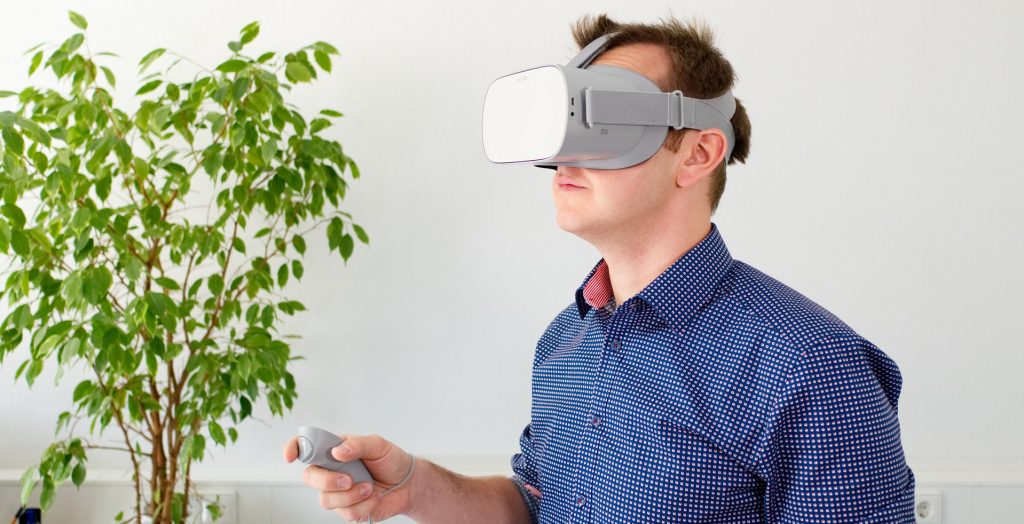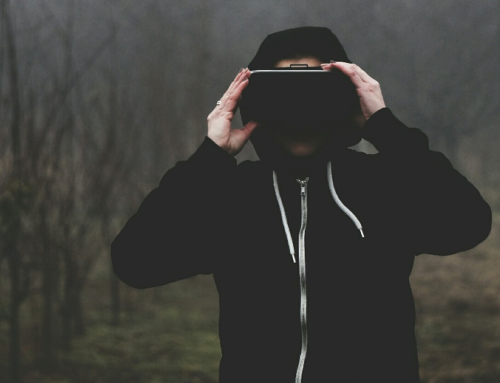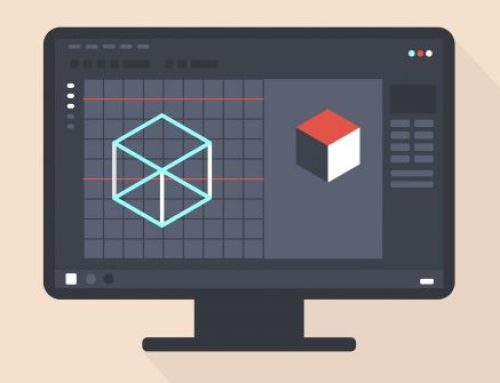Was Sie über die Funktionsweise von Oculus Rift wissen sollten.
Nach drei Jahren Entwicklungszeit ist das Oculus Rift, das fortschrittlichste Virtual Reality (VR)-Headset, das je entwickelt wurde, nahezu bereit für die Markteinführung. Das Oculus Rift ist nicht das erste VR-Headset, aber es wird an Stellen erfolgreich sein, wo andere Headsets versagt haben. Die heutigen Displays sind schärfer und kleiner, die Prozessoren sind leistungsfähiger und die Head-Tracking-Sensoren sind genauer. Für die Benutzer bedeutet das immersivere Erfahrungen mit einem kompakteren Gerät.

Die ersten VR-Demos werden voraussichtlich Spiele sein. Stellen Sie sich Gaming-Situationen vor, die Spieler in realistische Kriegsgebiete oder reiche, von Tolkien inspirierte Welten tauchen. Aber die wahre Wirkung von VR wird erst später deutlich, wenn Künstler, Filmemacher, Forscher und Pädagogen damit beginnen, die auf eine Weise zu nutzen, an die noch niemand gedacht hat. In einem interessanten Artikel gab Palmer Luckey, Mitbegründer von Oculus VR, einen kurze Erklärung über die Prinzipien der Plattform.
Wie es funktioniert.
Linsen.
Die Festlegung eines Schwerpunktes ist entscheidend für die Wahrnehmung der Tiefe. „Sie sehen eine virtuelle Bildebene in jedem Auge“, sagt Patel. Im Wesentlichen starren die Augen des Benutzers über das Display hinaus in die virtuelle Umgebung.
Display.
Ein hochauflösender Bildschirm, welches nur wenige Zentimeter von den Augen eines Benutzers entfernt liegt, projiziert ein stereoskopisches Bild – oder zwei verzerrte Bilder auf jeder Bildschirmhälfte. „Wir benutzen nur die normale Art und Weise, wie Menschen binokulares Sehen verwenden, um Tiefe wahrzunehmen“, sagt Patel. „Es gibt horizontale Versätze zwischen Objekten, die im linken und rechten Auge sichtbar sind und die der visuelle Kortex verarbeiten kann, um Tiefe wahrzunehmen. „Mit anderen Worten, wenn die verzerrten 2D-Bilder in unmittelbarer Nähe betrachtet werden, wird bei den Nutzern der Eindruck erweckt, dass Sie sich in der virtuellen Welt befinden.
Tracking Technologie.
Das Headset ist mit mehr als einem Dutzend Sensoreingänge ausgestattet. So verfolgen beispielsweise ein Gyroskop, ein Beschleunigungssensor und ein Kompass die Position des Kopfes eines Benutzers. Die Konstrukteure fügten auch externe Infrarotsensoren und eine Kamera hinzu, um die Positionsgenauigkeit und Überwachung zu erhöhen. Software, die auf einem nahegelegenen Host-PC läuft, analysiert diese Daten und rendert Bilder einer virtuellen Welt, die sich an die Kopfposition anpassen. Luckey sagt, dass die geringe Latenzzeit des Systems den Realismus steigert.
3D Audio.
Um vollständig immersiv zu sein, benötigen Sie einen großartigen Klang, der von Oculus in räumlicher Perfektion angeboten wird. „Alles, was Sie brauchen, ist die Simulation von zwei Mikrofonen im Spiel“, sagt Luckey. Aber die Wahrheit ist, dass die Software etwas anspruchsvoller ist. „Wir können eine gute Annäherung an das, was jedes Ohr an seinem Standort im virtuellen Raum hören sollte, erzeugen“, sagt Patel, „was viel besser ist als das, was man mit einem typischen Surround-Sound-Setup machen könnte.“
Vielen Dank für Ihren Besuch.


